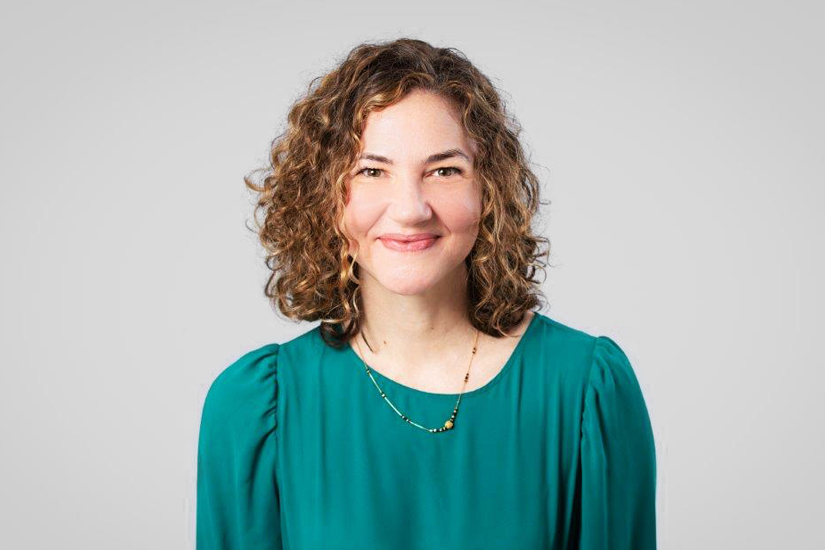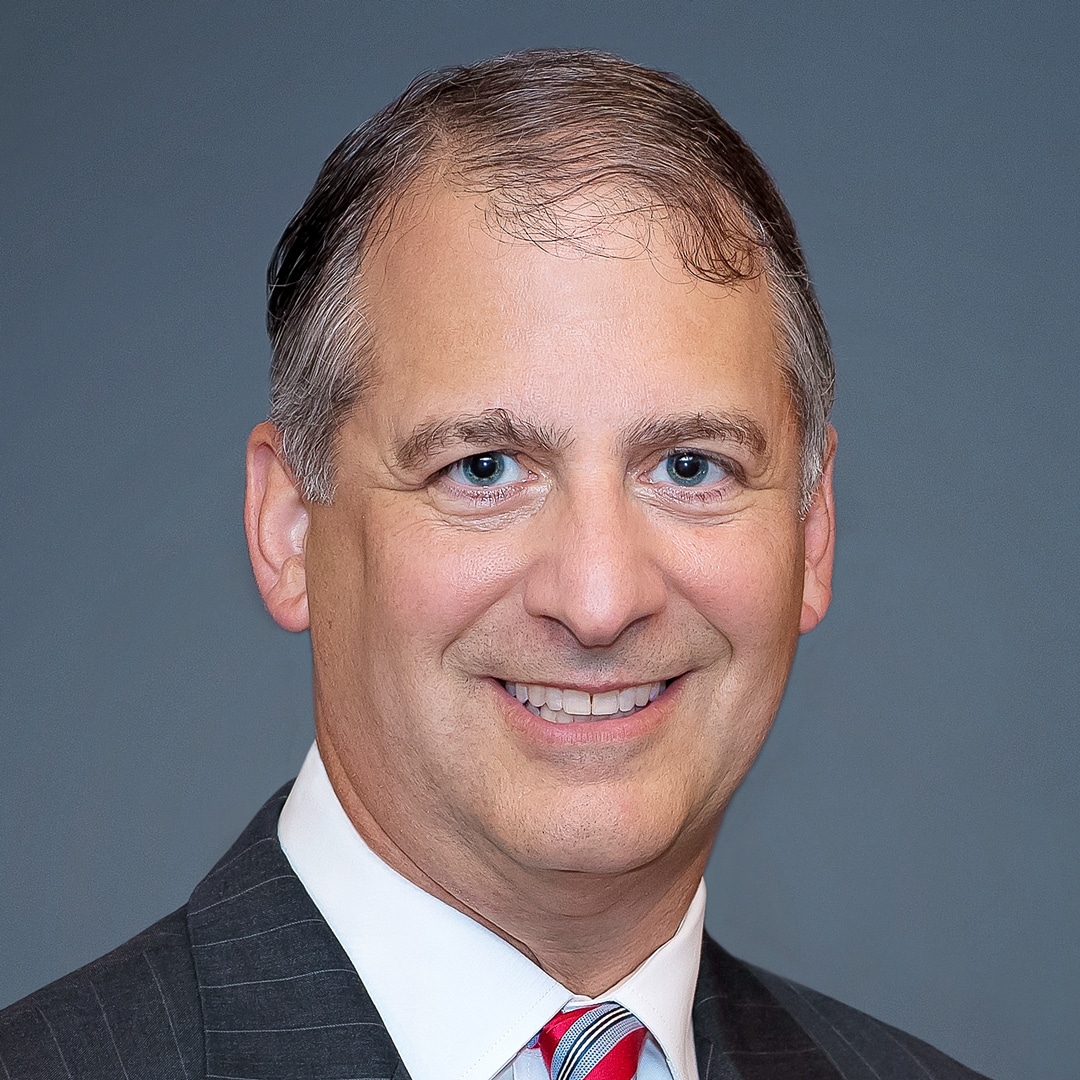|
Getting your Trinity Audio player ready...
|

New York-Presbyterian Hospital (NYP), an organization encompassing over forty-seven thousand employees, seems like one far too large to be on the frontlines of employee well-being efforts, especially given the radical shift so many healthcare institutions have undergone in combating the COVID-19 pandemic.
“Employee well-being” most often brings to mind tech giants and other bastions of the Silicon Valley, not healthcare systems on the frontline of a massive pandemic response. But Corporate Director of Benefits, Health, and Well-Being Melissa “Britt” Sinha says it’s precisely because of this battle that NYP has rolled out increasingly enhanced and targeted wellness options for its workers: this is the time that they need it most.
A More Compassionate Idea of Health
A seven-year veteran of NYP, Sinha first came to the organization in an effort to develop a well-being program that was more than the “in name only” of far too many providers. “So many places will say they have a well-being program because they have yoga and some free food,” Sinha says frankly. “One of the first things I did when I came here was help people understand that NYP was really focusing on them as a whole person, to recognize that they can’t take care of their patients to the best of their ability unless they are first taking care of themselves.”
Sinha says she has a leg up that she wishes more in her space received. “Everything I am able to do is because our executive leadership believes that this is essential for our employees,” the director says. “I would go to so many conferences that would spend all of their time talking about making the business case for your well-being program. I didn’t need a business case because our leadership understands and truly believes that it’s the right thing to do.”
NYPHealthy, the employee well-being program, encompasses so many facets of the lives of the organization’s employees that it’s difficult to list, but broad strokes include individualized and strategic health and well-being programs across ten different hospitals, on-site well-being coaches with whom employees can discuss goals they want to work toward, as well as on-site and online yoga classes, step challenges to encourage movement, and an increasingly important buildout of what the organization calls “emotional well-being.”
“We call it ‘emotional well-being’ because we didn’t want our employees to get nervous or turned off when we start talking about ‘mental health,’” Sinha explains. “We wanted to get them engaged and interested. So, we started gradually with seminars and webinars, providing platforms where people can go and read articles and get them in the right space to pursue a wider idea of health.”
“One of the first things I did . . . was help people understand that NYP was really focusing on them as a whole person, to recognize that they can’t take care of their patients to the best of their ability, unless they are first taking care of themselves.”
Now More Than Ever
It would make sense that the COVID-19 pandemic would have put all of these programs in a state of flux, but at NYP, the result was exactly the opposite. “Everything has escalated and fast-forwarded so much because of COVID-19,” Sinha says. “Our employees have gone through trauma. A lot of PTSD has occurred based on what our employees have witnessed and endured. Our goal has been to acknowledge that this has happened and to validate our employees’ feelings about it. How can we help them talk about it, address it, and work through it?”
Sinha says the wider fight against racial injustice has also meant more people are coming to work with significant emotional burdens that the organization is dedicated to helping its employees work through. NYP has partnered with Cornell and Columbia medical schools to work on expanding the emotional well-being components of its programs.
In response to the economic hardship COVID-19 was placing on employees, a relief fund was created for employees to receive up to $5,000. But Sinha says through the grant applications, they found a resoundingly high demand for food, so NYP looked to see how else it could help its employees through the difficult time. “Our CEO said we needed to figure out a food bank to help any employees currently struggling with food insecurities,” Sinha says. So, the team got to work.
What was essential from Sinha’s perspective was for employees to retain their dignity and in no way feel embarrassed for seeking assistance amid such difficult times. “If you just set up a food bank in the cafeteria, that’s not fully respecting your employees,” the director says. “We wanted to protect people’s confidentiality.” Furthermore, with public transit limited (if at all), how were employees going to safely get that food home?
“We worked with our outside vendor to create a confidential food bank,” Sinha explains. “Employees could apply online and would receive a home delivery of basic food staples once a week for a month.” At Sinha’s time of speaking, NYP has elected to extend the program beyond what was originally forecasted.
“This has been so gratifying, but it is also so difficult to see how many people in our own organization are experiencing food insecurity,” Sinha says. “So many people are feeding more relatives than they are used to, have family or partners who have lost jobs, or are otherwise struggling right now, and we feel it’s our duty to take care of our employees.”
She may be doing more at one time than she thought she would have time to tackle, but Sinha looks at it much differently. “I’m not on the front line,” the director says. “I’m not in the emergency room or the ICU. I’m not covered in PPE and seeing what our employees are seeing every day. I’m just grateful and humbled to be able to help them do their jobs, and to work for an organization that truly cares about its employees.”

